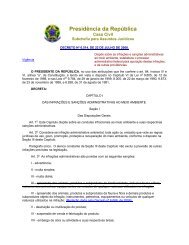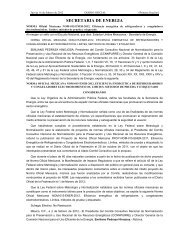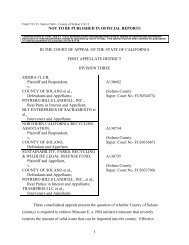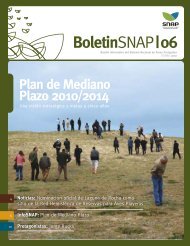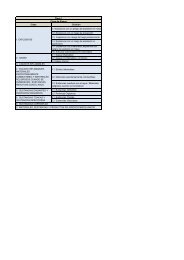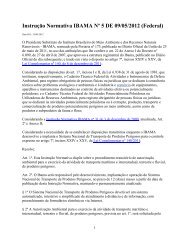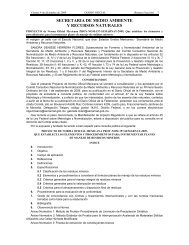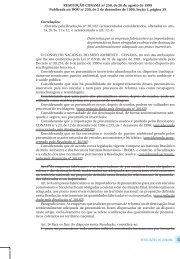OceAn science OceAn science OceAn science
OceAn science OceAn science OceAn science
OceAn science OceAn science OceAn science
You also want an ePaper? Increase the reach of your titles
YUMPU automatically turns print PDFs into web optimized ePapers that Google loves.
Incorporation of education goals will add value to research efforts. Integrating oceanobserving<br />
data and information product into K–12 classrooms will help realize the full<br />
potential of the observing systems and provide real-world application to the learning<br />
environment. Strategies for using these data need to be coordinated at a national level.<br />
Aquaria, museums, marine laboratories, <strong>science</strong> centers, zoos, and other informal-education<br />
centers welcome over 142 million visitors a year and play a major role in educating<br />
the public about the ocean 34 . Media outlets, such as newscasts, television specials, moves,<br />
magazines, and online portals, provide necessary information, such as hazard warnings,<br />
and provide a window into the world of ocean-<strong>science</strong> exploration and discovery. Citizen<br />
<strong>science</strong> initiatives can also serve to engage citizens with the ocean while promoting ocean<br />
research and monitoring efforts. Expanding and supporting these forums for lifelong<br />
learning will enable the transfer of understanding about the ocean from the research community<br />
to the general public.<br />
Advancements in formal and informal education must be accompanied by efforts to<br />
address and capitalize on differences in culture, geography, language, and values to reach<br />
a diverse audience. These efforts should include strategies to recruit and retain students<br />
from all population segments.<br />
Expand intellectual capacity<br />
The diversity of technical and research requirements presented in this document illustrates<br />
the need for a well-trained workforce, including individuals with disciplinary (e.g.,<br />
biology, chemistry, geology, physics), interdisciplinary (e.g., biogeochemistry, aquatic, and<br />
terrestrial <strong>science</strong>s), and inter-community (e.g., connecting oceanography, biomedicine,<br />
engineering, economics, information technology, public health, community planning)<br />
training. This need is particularly evident as ocean <strong>science</strong> expands from having singlediscipline<br />
foci to addressing topics that transcend natural <strong>science</strong>s and incorporate social<br />
and economic <strong>science</strong>s. The workforce necessary to use the research results outlined in<br />
this document must include individuals who are well versed in scientific discovery and<br />
understanding, and who possess the means to effectively communicate research results<br />
to inform management decisions and policy development. Developing this workforce<br />
requires new models by which students are trained and evaluated that recognize the<br />
value of interdisciplinary work. Individuals trained in research must also be educated in<br />
policy, regulation, and resource management to better understand and address user needs,<br />
where appropriate.<br />
50




